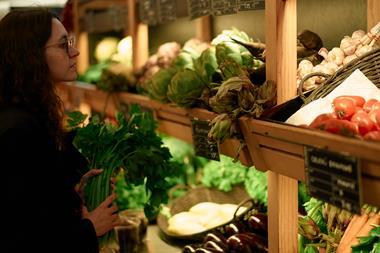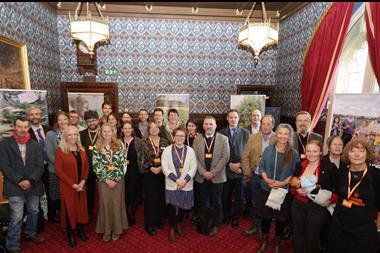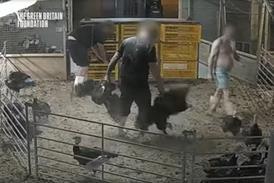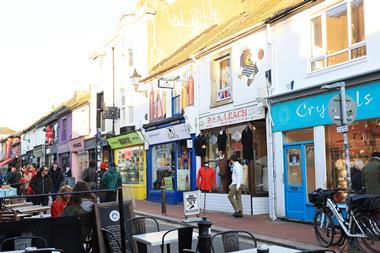It is the International Year of the Potato and The Jersey Royal Company's new potatoes have had an earlier than usual start. Commercial manager Dan Bennett explains the life of the Jersey Royal Our first indoor Jersey Royals were the earliest they have ever been this year, starting on 18 February. We are also ahead with outdoor production. The indoor crop is harvested in small volumes, but it commands a high retail price of about £8/kg. M&S is the first major retailer to stock the indoor potatoes, and has its own packing operation on the island. At the peak in early May we supply everyone except Sainsbury's and Somerfield, and export jumps from 100kg a day with the first indoor crop to 1,200 tonnes a day of outdoor, with a retail price of about £1.50/kg. This big supply spike is a challenge for a totally hand-planted and hand-harvested crop with a 10-week season. The only competition in April is from stored potatoes or imports that can take up to 14 days to arrive by sea, compared with a nine-hour journey from Jersey. About 600 staff are employed at our peak of season and we recently bought a hotel for them to live in. Jersey Royals have been around for 125 years, and are the only vegetable with a Protected Designation of Origin, and are a strong and carefully protected brand. Only international kidney potatoes grown on Jersey can be called Jersey Royals, though there are Cornish, Suffolk, Ayrshire and Kentish Royals based on the same variety.Any attempt to alter Jersey Royals to extend the season would dilute the brand. And anyway, by mid-June English new potatoes are in the shops at half the price so to continue the season further would impact on sales. In 2004 the five major growers on the island came together to form one company, allowing us to standardise the growing operation. The remaining 15% of growers remain independent, although the Scottish packer Albert Bartlett linked up with them last year. Growing Jersey Royals is labour intensive, due to the steep, south-facing slopes, or côtils; the precision needed for shallow-planting each tuber; and the fact that the average size of a field is just 12 acres - some are as small as a front room and don't lend themselves to machinery. Washing the soil off produces a brighter product, and we are increasing the size of our main packhouse in order to wash a larger proportion of the harvest. And when the season's over? In July and August, the potatoes to be used for seed are harvested and sorted by hand and planted in January to begin the cycle once more.
Close menu
- Home
- Retail & Wholesale
-
Products & Suppliers
- Back to parent navigation item
- Products & Suppliers
-
Product Categories:
- Back to parent navigation item
- Product Categories:
- Alcoholic drinks
- Bakery
- Cereals & breakfast
- Cheese
- Chicken & poultry
- Chocolate
- Confectionery
- Crisps, nuts & snacks
- Dairy
- Fish
- Fresh produce
- Frozen
- Household
- Meat
- Own Label
- Sauces & condiments
- Seasonal
- Soft drinks
- Vaping
- Vegan & plant-based
- World foods
- Suppliers
- People
- Reports & Data
-
Topics A-Z
- Back to parent navigation item
- Topics A-Z
-
Popular topics:
- Back to parent navigation item
- Popular topics:
- Cost of living crisis
- Crime
- Deposit Return Schemes
- Finance
- Government & Regulation
- Health
- Inflation
- Loyalty
- Marketing
- Mergers & Acquisitions
- New Product Development
- Sourcing
- Supply chain
- Sustainability & environment
- Technology
- Ultra Processed Foods
- Vaping
- A-Z all topics
- Content by type:
- Events
- Ask iA (beta)
- Subscribe now
Sign in to comment on this article
Not logged in before? Register for FREE guest access today.
You will be able to:
- Read more stories
- Receive daily newsletters
- Comment on stories
Advert
Related articles
-

Healthy eating forecast: the biggest trends for 2026
Paid for and in partnership with Vypr
-

-

-

-














No comments yet